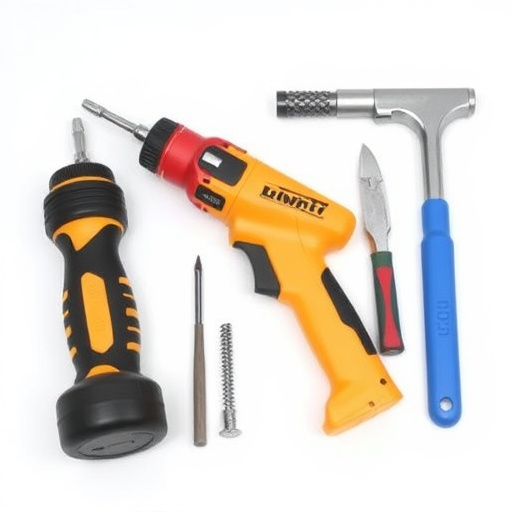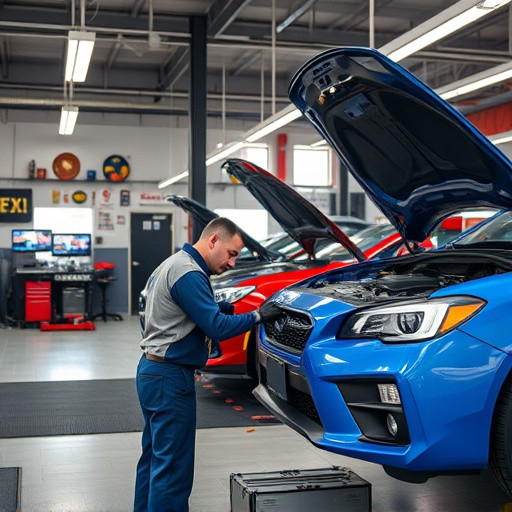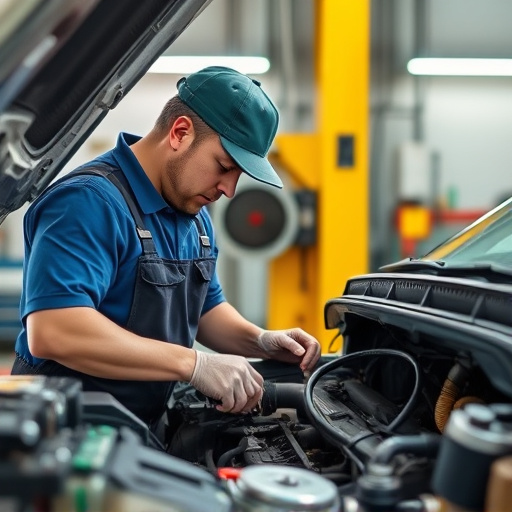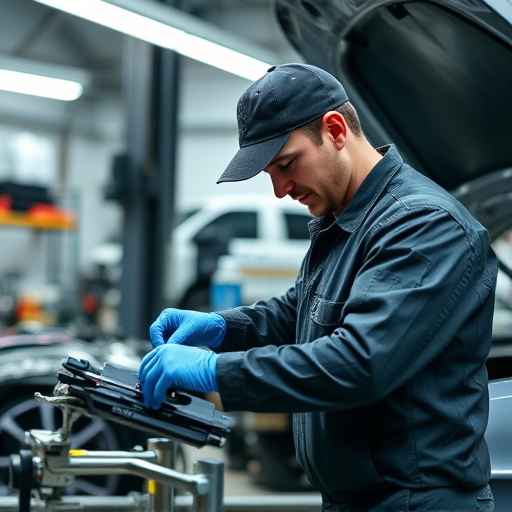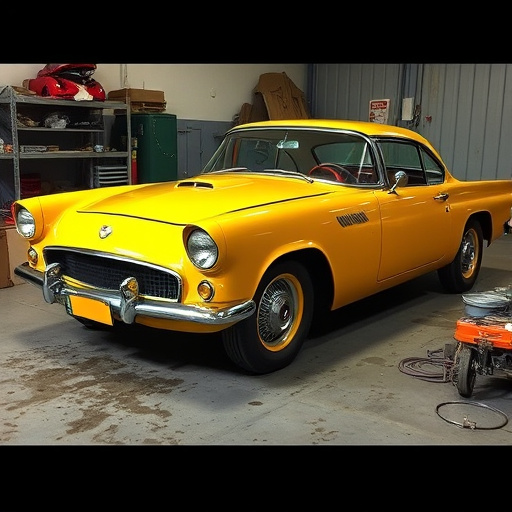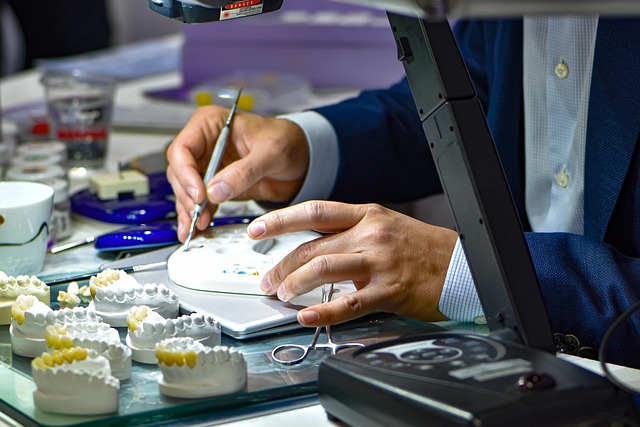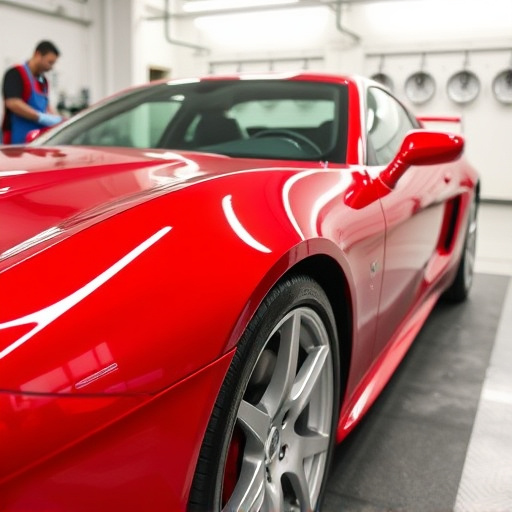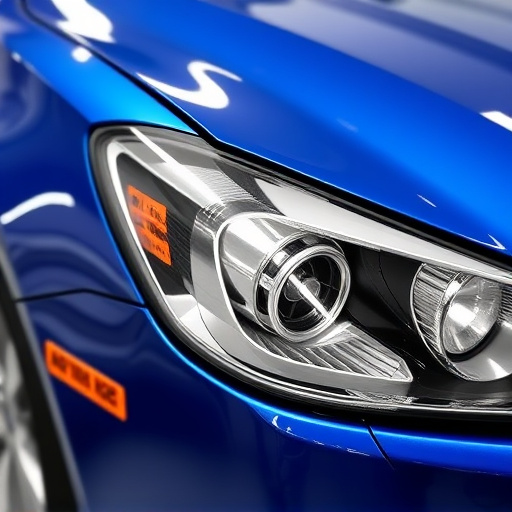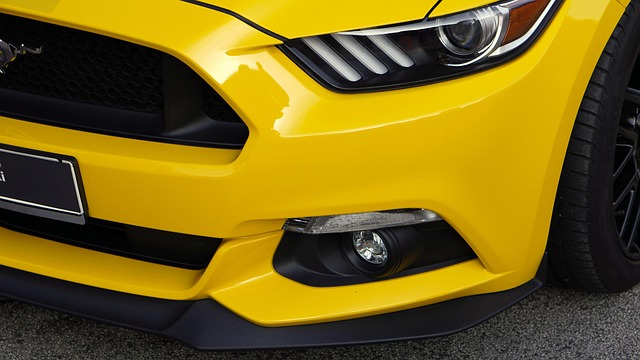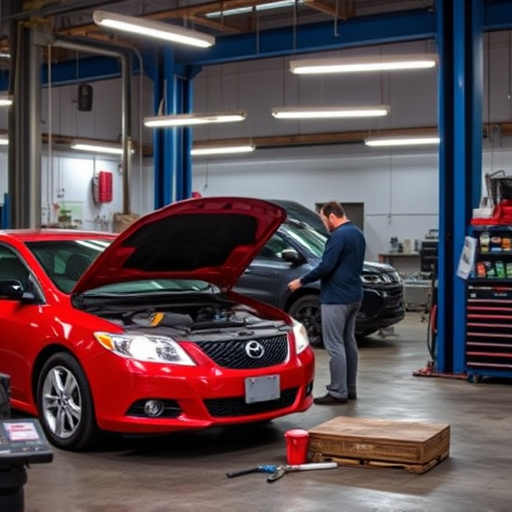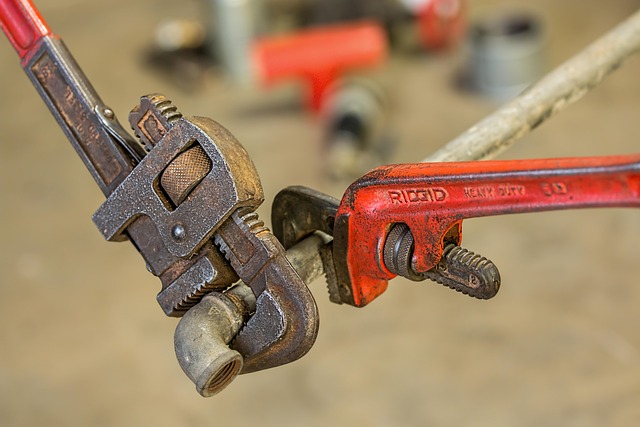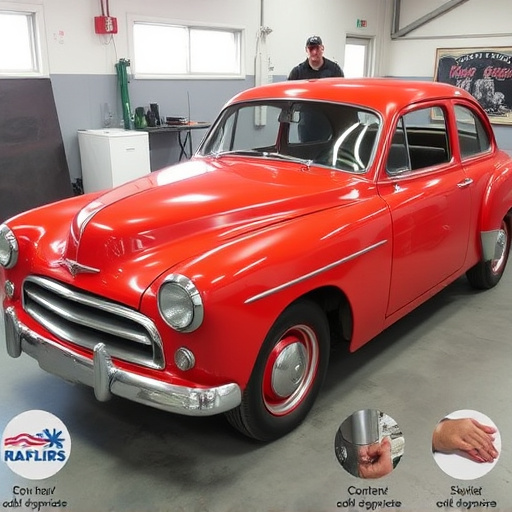Compact car body work prioritizes durable, lightweight materials like high-strength steel and advanced composites for strength, fuel efficiency, and corrosion resistance. Aerodynamic designs reduce drag, enhance performance, and minimize noise while streamlining collision repair processes. Meticulously crafted body panels, frames, and chassis ensure safety and maneuverability, with specialized services offering Mercedes Benz collision repair for compact vehicles while preserving original design integrity.
In the realm of automotive design, compact cars stand out for their efficiency and maneuverability. This article explores the key elements of compact car body work that contribute to their success. From material selection for enhanced durability and lightness, to streamlined design that optimizes aerodynamics and fuel efficiency, each aspect plays a crucial role. Additionally, we delve into structural integrity, ensuring safety and superior handling. Understanding these components is essential for crafting top-tier compact car bodies that meet modern demands.
- Material Selection for Durability and Lightness
- Streamlined Design: Aerodynamics and Efficiency
- Structural Integrity: Safety and Maneuverability
Material Selection for Durability and Lightness
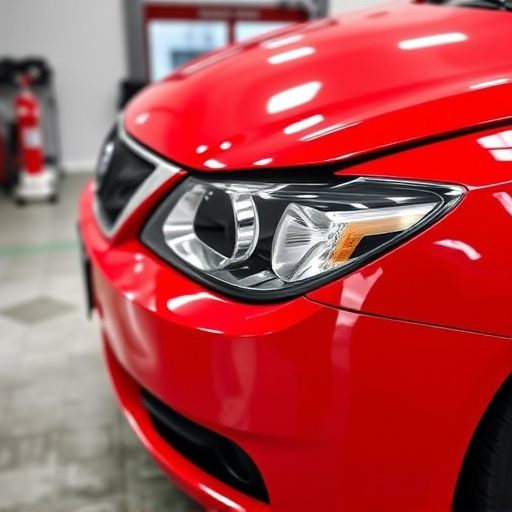
In the realm of compact car body work, selecting the right materials for durability and lightness is a delicate balance. Lightweight yet robust materials like high-strength steel (HSS) and advanced composites are increasingly favored in modern vehicle design. These choices not only contribute to better fuel efficiency but also enhance structural integrity, critical for safety in collision repair. For instance, HSS can withstand significant impact without deforming, ensuring that the car’s original strength is preserved even after bumper repair or other minor damages.
Additionally, the use of advanced polymers and fiber-reinforced composites offers exceptional resistance to corrosion and long-term durability. These materials are particularly beneficial in preserving the vehicle’s aesthetic appeal over time. Efficient material selection not only facilitates faster and more cost-effective collision repair processes but also ensures that compact cars maintain their structural and visual integrity, even after encountering minor fender benders or other incidental damage.
Streamlined Design: Aerodynamics and Efficiency
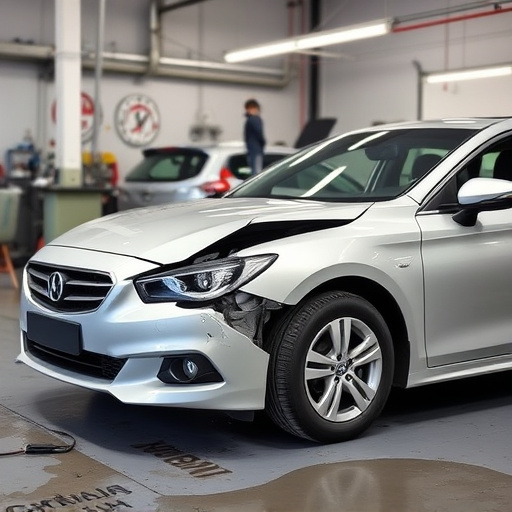
The success of compact car body work lies heavily on its streamlined design, which seamlessly combines aerodynamics and efficiency. In today’s market, compact cars are expected to offer both excellent fuel economy and a sleek profile. Aerodynamic principles play a crucial role in reducing drag, thereby enhancing fuel efficiency and performance. Streamlined designs also contribute to better handling and reduced noise levels, making these vehicles more appealing to environmentally conscious consumers.
By prioritizing aerodynamics, compact car body work often features curved lines, streamlined shapes, and careful consideration of the vehicle’s overall silhouette. These design elements not only improve aesthetic appeal but also serve practical purposes. Efficient bodywork reduces the impact of air resistance, allowing for smoother rides and better range, while minimizing the need for frequent scratch repair or collision repair center visits due to aerodynamic disruptions caused by uneven surfaces or damage.
Structural Integrity: Safety and Maneuverability
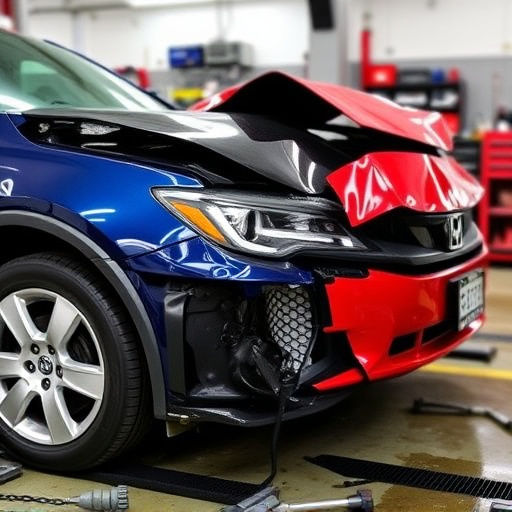
The structural integrity of a compact car’s body work is paramount for both safety and maneuverability. Unlike larger vehicles, smaller cars often rely on their agile design to navigate tight spaces and swiftly change directions. Therefore, the body panels, frame, and chassis must be meticulously crafted and rigorously tested to withstand the rigors of everyday driving and occasional collisions. A well-built compact car body ensures that occupants remain protected in case of a crash while also enabling smooth and precise handling, enhancing the overall driving experience.
When it comes to mercedes benz collision repair or any automotive repair for compact vehicles, specialized auto body services are often required to preserve the original design and structural integrity. Skilled technicians use advanced techniques and high-quality materials to mend dents, cracks, and other damage while ensuring that the car’s body work retains its strength and rigidity, just like in a brand new vehicle. This meticulous process not only restores the car’s aesthetic appeal but also ensures it continues to perform optimally on the road.
Compact car body work requires a delicate balance of durability, lightweight materials, aerodynamic design, and structural integrity. By selecting robust yet lightweight components, optimizing airflow for efficiency, and ensuring structural strength for safety and maneuverability, automakers can create compact vehicles that offer both performance and sustainability. These key elements not only enhance the driving experience but also contribute to the overall success and market appeal of compact cars in today’s automotive landscape.
